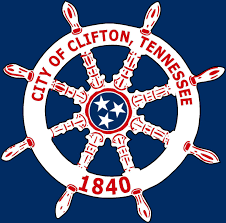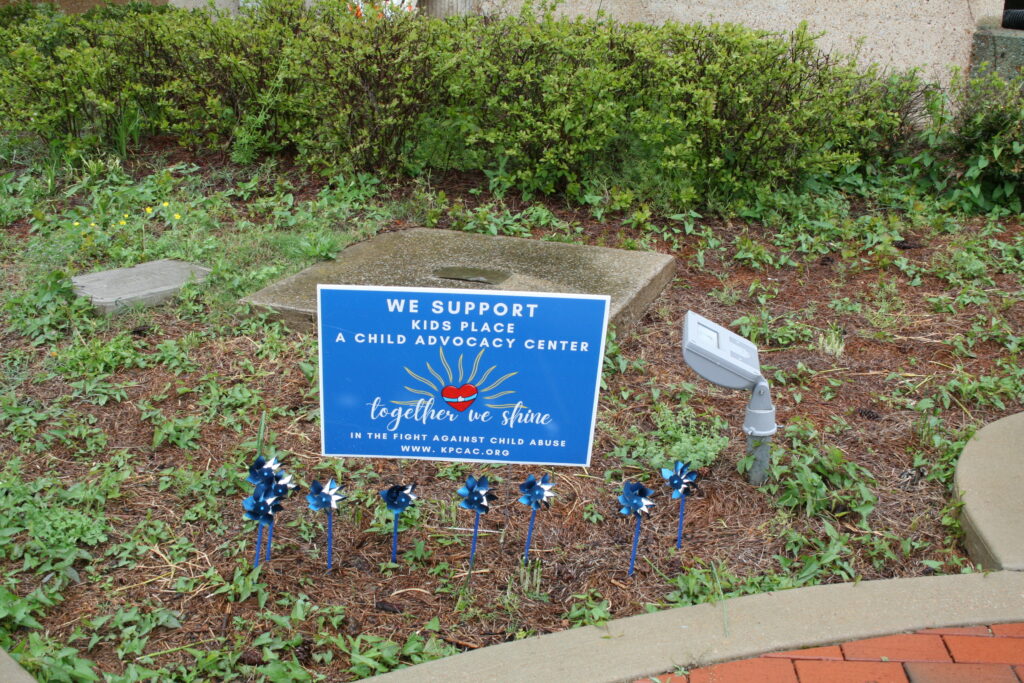On March 15th, President Biden signed into law the American Rescue Plan Act of 2021 that was passed by Congress, which provides approximately $1.9 trillion in spending to address the continued impact of COVID-19. The American Rescue Plan Act is a follow up to the Coronavirus Aid, Relief, and Economic Security Act (the CARES Act), which became law in late March 2020, and that part of the Consolidated Appropriations Act of 2021 devoted to COVID-19 relief, which was adopted in late December 2020.
The following is an overview of key provisions of the American Rescue Plan Act. Some components of the act affect local governments, including ours here in Wayne County. Other components affect businesses, including the ones in Wayne County that are considered “small businesses.” Read carefully, as certain items in the act relate to individuals, including the stimulus (or “recovery”) payments, healthcare, and child care.
Funding for COVID-19 Relief-Related Activities
•Approximately $415 billion in increased funding for a national vaccination program, COVID-19 testing, contact tracing, scientific research and development, and manufacturing of pandemic-related medical supplies.
•Approximately $360 billion in funding to state, local, and territorial governments for economic relief and $20 billion in funding for public transit systems. Among other uses, state and local recipients can use the funds to provide aid to households, small businesses, nonprofits, and industries such as tourism and hospitality, to provide premium pay to essential employees or grants to their employers, to provide government services affected by a revenue reduction during the pandemic, and to make investments in water, sewer, and broadband infrastructure. Funds can be used to cover costs incurred through the end of 2024.
•Approximately $176 billion for education, with funds to assist K-12 schools in reopening by hiring more staff and putting in place new testing protocols, as well as funds for institutions of higher education.
•Funds toward cybersecurity efforts (including modernization of federal IT and networks).
Aid to Individuals
•Recovery checks will be issued in amounts up to $1,400 for an individual, $2,800 for joint filers, and $1,400 for each qualifying dependent (phasing out after an income threshold of $75,000 for single filers and $150,000 for joint filers, with a complete phase-out for single filers with income exceeding $80,000 and for joint filers with income exceeding $160,000). Eligible qualifying dependents include full-time students under the age of 24 and adult dependents.
•Provides unemployment compensation benefits in an amount equal to $300 per week, in addition to any existing state benefits, through Sept. 6, 2021, while also making nontaxable the first $10,200 in unemployment benefits for households with an income threshold of up to $150,000.
•Temporarily expands and otherwise modifies certain tax credits (including the child tax credit, the earned income tax credit, and the dependent care credit) by increasing the credit percentages and phaseout thresholds. The maximum child tax credit is temporarily set at $3,600 for each child younger than six and $3,000 for other qualifying children and starts to phase out for individual parents earning more than $75,000 and couples making more than $150,000. The child credit will be fully refundable, so that low-income households will get the full benefit, no matter how little they earn.
•Provides premium assistance for certain health insurance coverage, including COBRA for those who lose employer-sponsored health insurance.
•Provides additional funding for agriculture and nutrition programs, including the Supplemental Nutrition Assistance Program (formerly known as the food stamp program).
•Provides child care and programs for older Americans and their families.
•Provides mental health and substance-use disorder services.
•Extends emergency rental assistance, homeowner assistance, and other housing programs.
Aid to Businesses
•With certain changes, the American Rescue Plan Act continues to make available, to eligible employers through Sept. 30, 2021, paid sick and family leave credits that have been available under the CARES Act and the Consolidated Appropriations Act. For compensation paid between April 1, 2021, and Sept. 30, 2021, changes include increasing eligible wages to $12,000 per employee (up from $10,000 in 2020), expanding qualifying leave, and covering up to 60 days of paid family leave for self-employed individuals (instead of 50 days under previous law).
•$7.25 billion in Paycheck Protection Program (PPP) funding has been added with less stringent access standards for, among others, nonprofit entities, digital media companies, sole proprietors, independent contractors, and self-employed individuals.
•$15 billion in Economic Injury Disaster Loan (EIDL) funding has been added, with one third of such amount targeted to businesses that suffered a revenue loss of greater than 50 percent, are located in low income census tract areas, and employ 10 or fewer people.
•The expanded Employee Retention Credit (ERC) provisions under the Consolidated Appropriations Act, set to expire on July 1, will be made available through Dec. 31, 2021, for eligible employers.
•Establishes a $25 billion Restaurant Revitalization Fund for 2021 to be administered by the Small Business Administration (SBA). $5 billion of this will be allocated to restaurants whose gross receipts in 2019 were less than $500,000, and the first 21 days of the program prioritizes small businesses owned by women, veterans, or socially and economically disadvantaged individuals.
•Adds $1.5 billion to the $15 billion in shuttered venue operators grants, which are administered by the SBA.
•Adds $86 billion to support approximately 185 failing multi-employer pension plans.
•Adds $10.4 billion to support agriculture, including supply chain monitoring and surveillance, debt relief, grants, training, education, and other forms of assistance aimed at acquiring land.
Portions of article from mondaq.com







